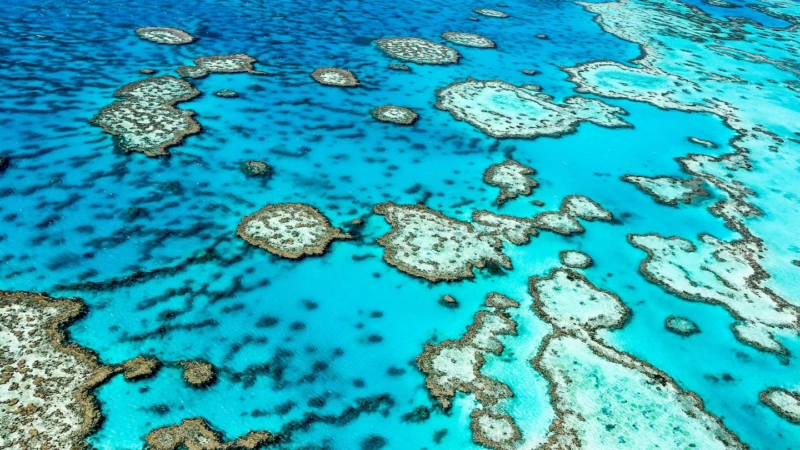A 1.5°C Compatible Carbon Budget for Queensland
Authors
Bill Hare, Ursula Fuentes, Fabio Sferra, Michiel Schaefer, Carl-Friedrich Schleussner, Anna Chapman
Share

This report provides key carbon budget benchmarks for the energy and industry sectors for Queensland that are consistent with the state playing its role in national and global efforts to limit global mean warming to 1.5°C above pre-industrial.
This report provides key carbon budget benchmarks for the energy and industry sectors for Queensland that are consistent with the state playing its role in national and global efforts to limit global mean warming to 1.5°C above pre-industrial. The 1.5°C warming limit in the Paris Agreement is particularly important as it provides the best chance of survival for the Great Barrier Reef (GBR), a critical natural and economic asset for Queensland and World Heritage site.
Current national commitments under the Paris Agreement – Nationally determined contributions (NDC) - are projected to result in a global mean warming of 2.9°C above pre-industrial by 2100. Current national policies when aggregated globally do not match the present inadequate level of NDC commitments, and are projected to result in median warming of 3.2°C above pre-industrial by 2100.
The Intergovernmental Panel on Climate Change (IPCC) in its Special Report on 1.5°C has established a rapidly escalating risk for coral reefs with warming with a 70-90% loss at 1.5°C warming, and virtually complete losses of more than 99% by 2°C global mean warming above pre-industrial. With global average warming now at around 1°C above pre-industrial, increasingly frequent major coral bleaching events are occurring.
The projected higher frequency of marine heatwaves and high intensity tropical cyclones as well as ocean acidification will lead to rapidly escalating damages to coral reefs with every increment of global mean warming.
Limiting warming to 1.5°C, and ultimately below, will substantially reduce the exposure of the Great Barrier Reef to extreme marine heatwaves, including those related to extreme El Nino events, more frequent intense tropical cyclones and accelerating sea level rise. The reductions in CO2 emissions required to limit warming to this level, will lead to ocean acidification peaking and declining. The reduction in exposure to the drivers of coral reef mortality and loss under a 1.5°C compatible pathway is substantial and highly significant, and a significant share of coral reef cover could be saved, even though substantial risks remain for the reef even with a peak warming of 1.5°C. Exceeding 1.5°C would virtually guarantee the extinction of most of the Great Barrier Reef based on present scientific knowledge, even if warming were limited to 2°C.
The carbon budget for Queensland estimated in this report focuses on what the state’s domestic fossil (energy and industry) CO2 emission limits need to be, in order to be compatible with Australia's national emissions contribution to meeting the Paris Agreement’s 1.5°C limit. To estimate this budget, we make use of state-of-the-art analysis of technically and economically feasible and plausible emissions pathways taking into account sustainability considerations (for example limits to the use of negative emissions technologies) and economic considerations (we aim to minimise costs). The 1.5°C pathways require global fossil (energy and industry) CO2 emissions to peak in 2020, reduce by 45% by 2030 compared to 2010, and reach net zero CO2 emissions around 2060, with a global phase out of coal in the power sector by 2040 globally (2030 in OECD countries). It is generally understood that developed countries will need to reach net zero CO2 emissions earlier than many developing countries.











